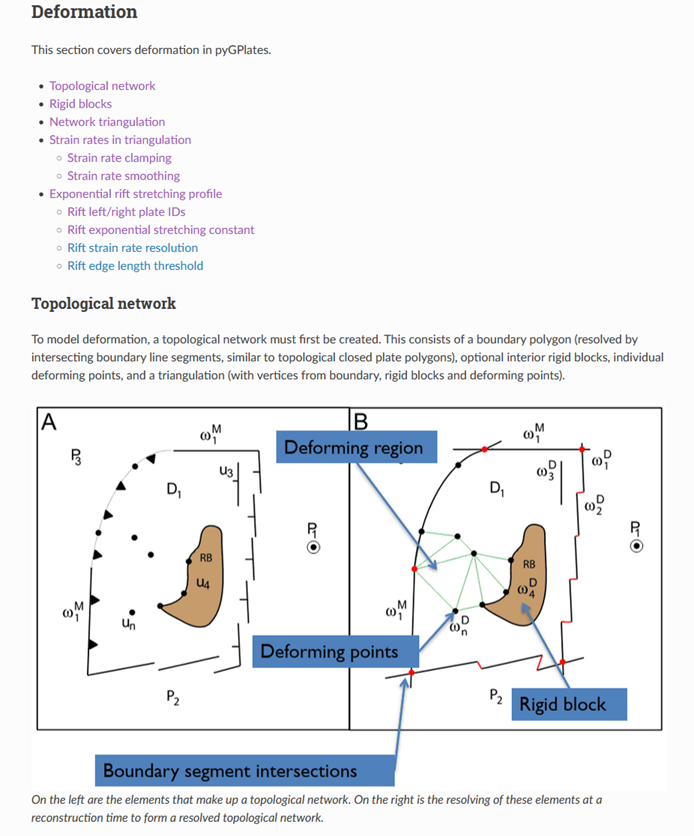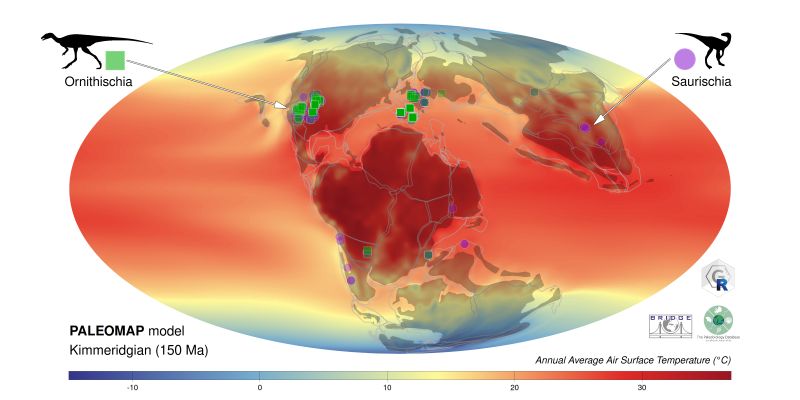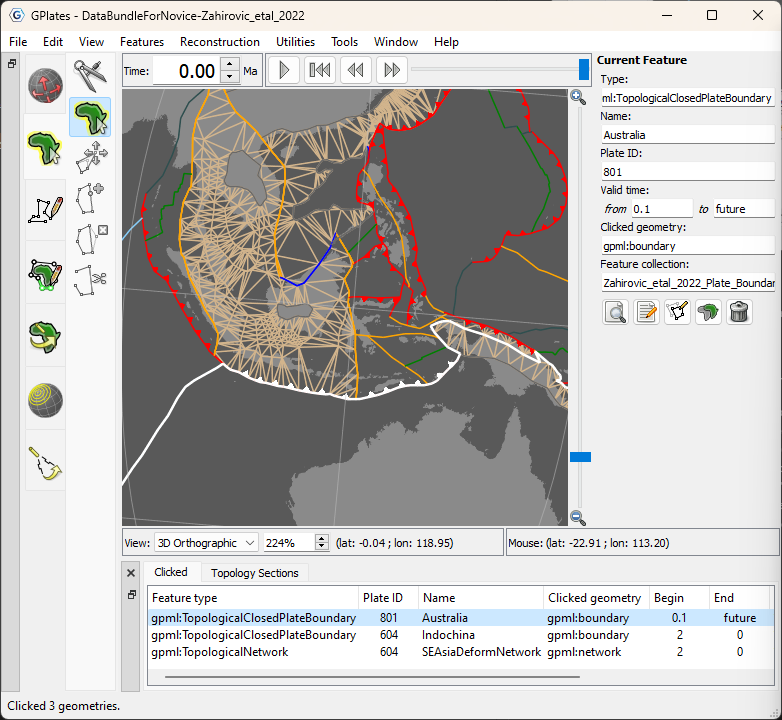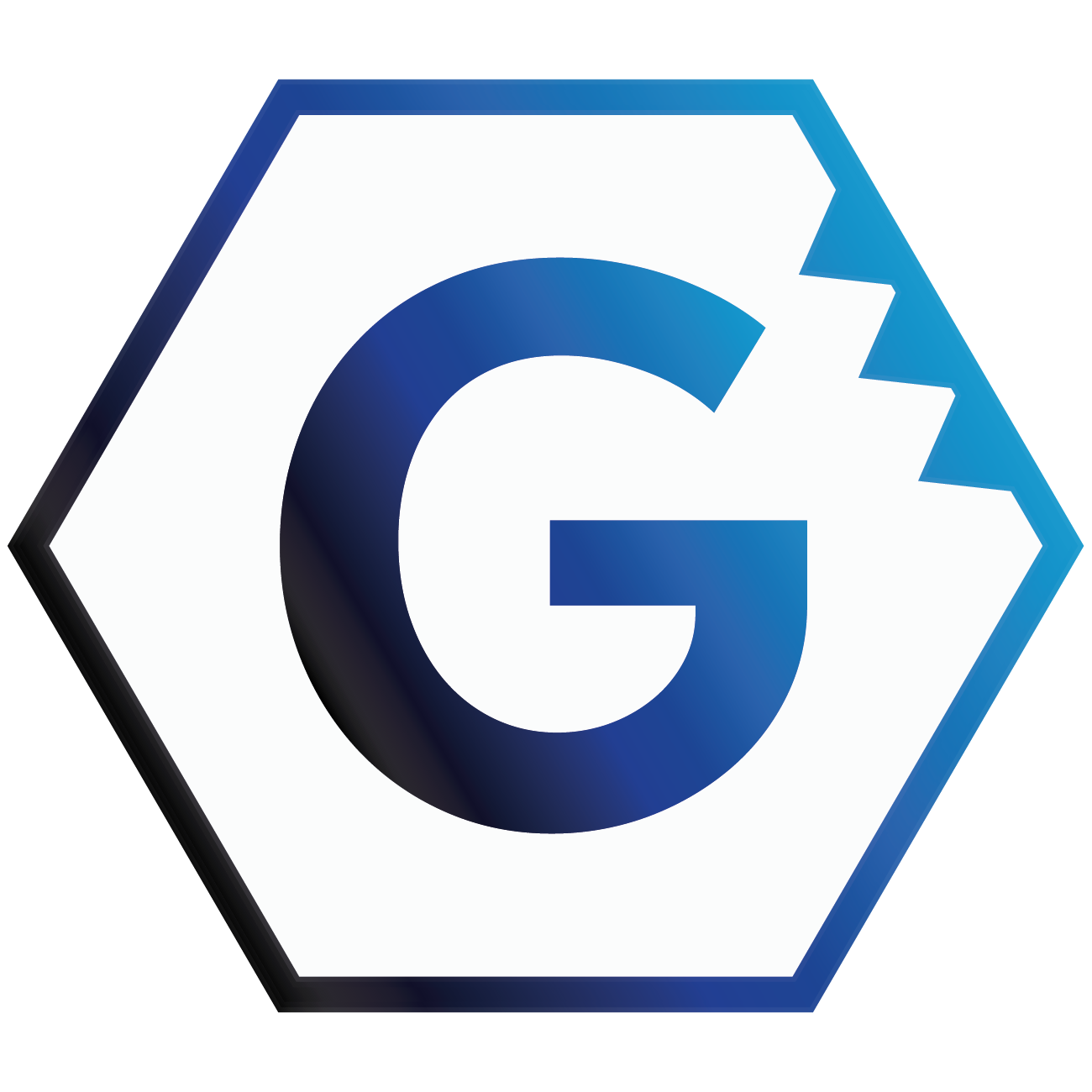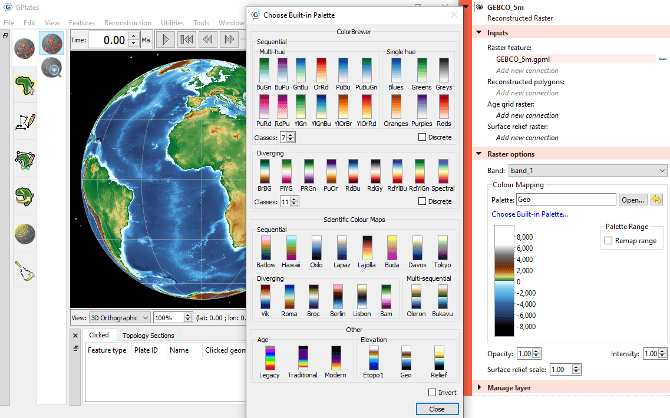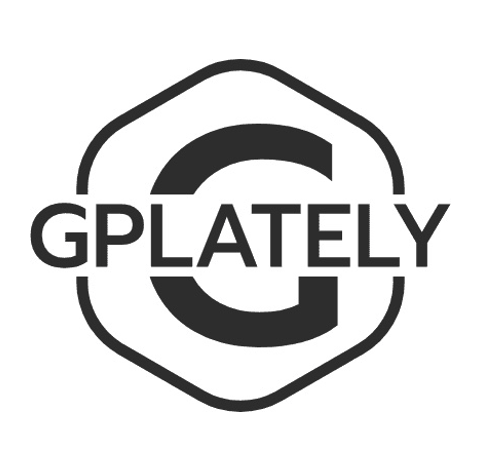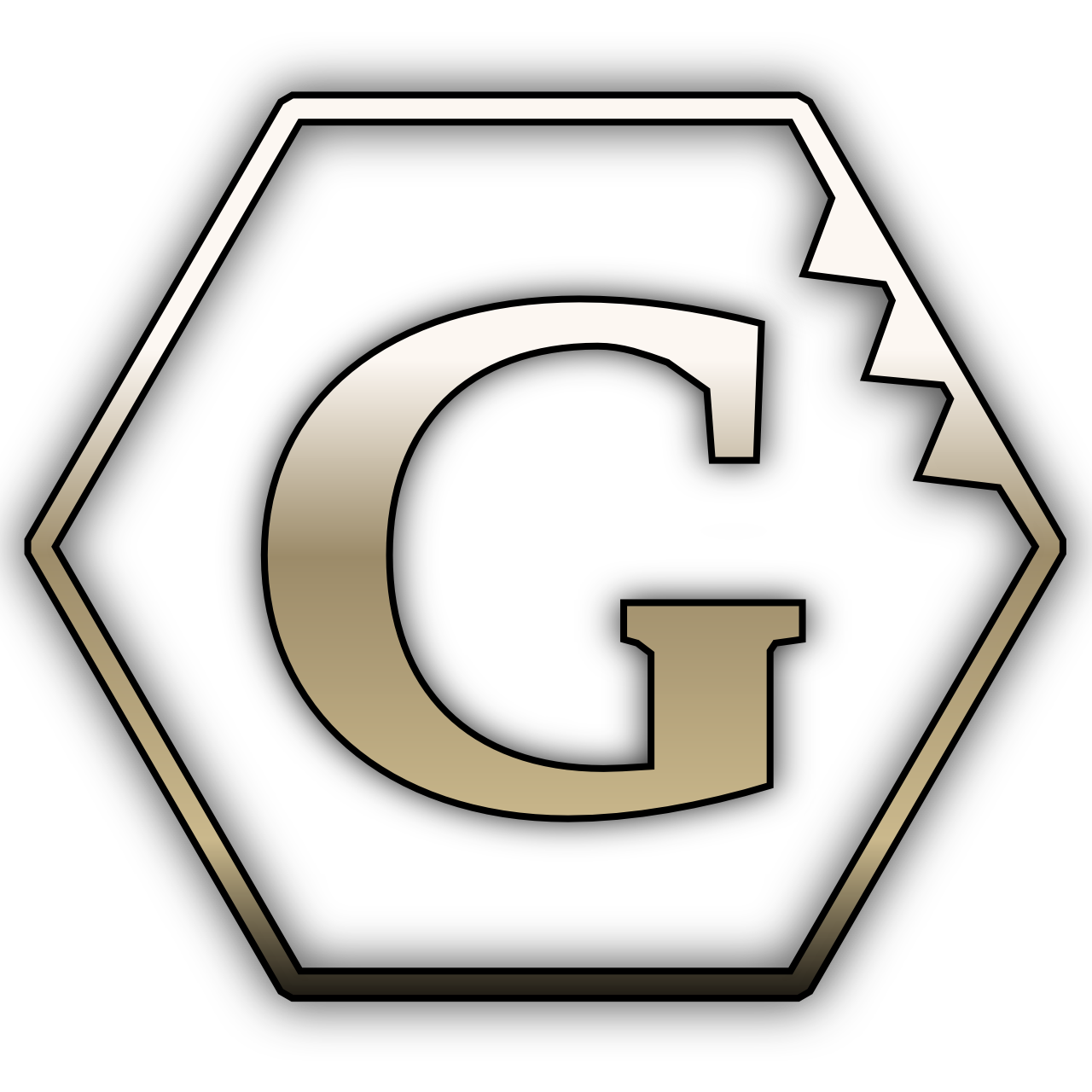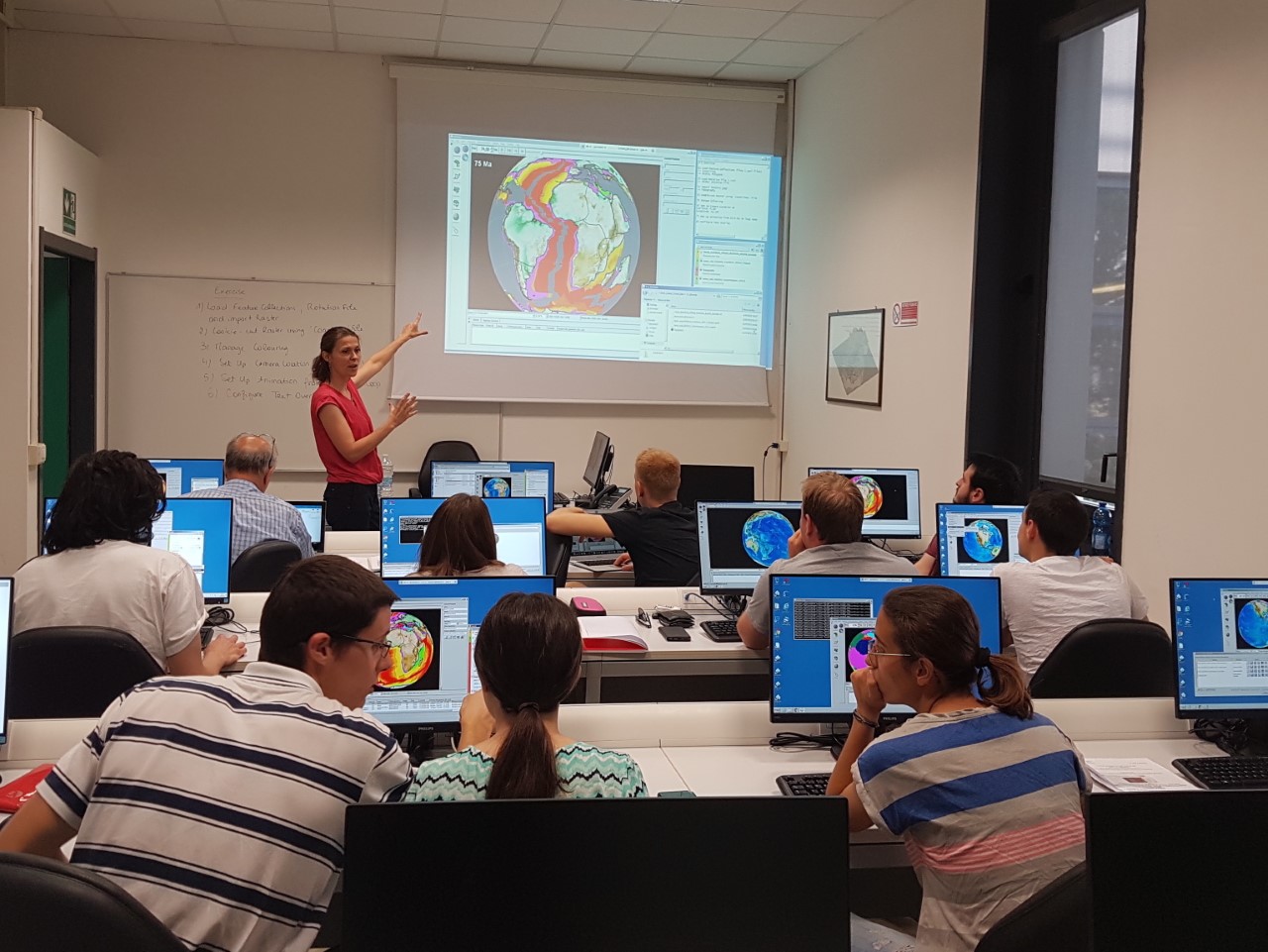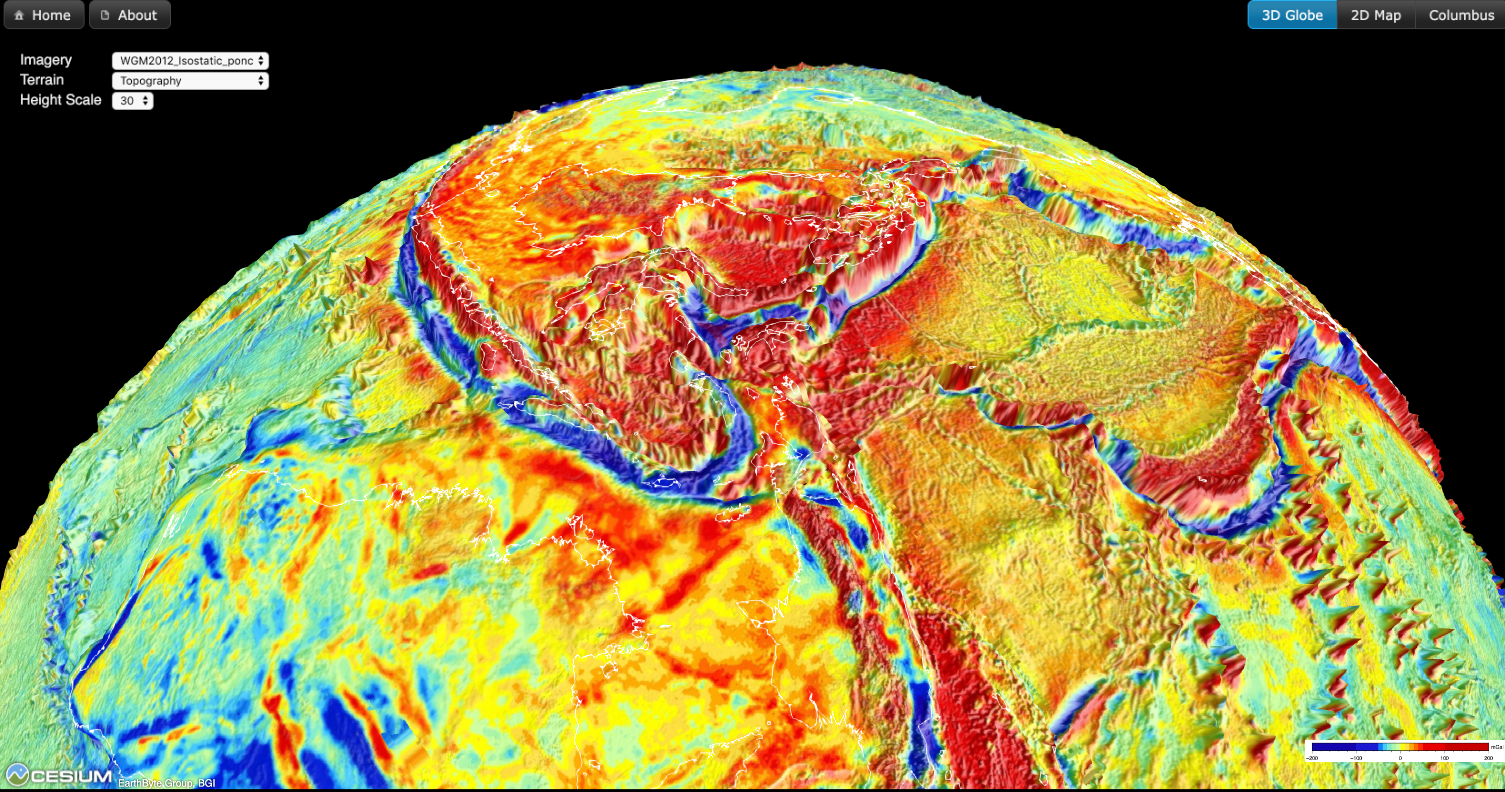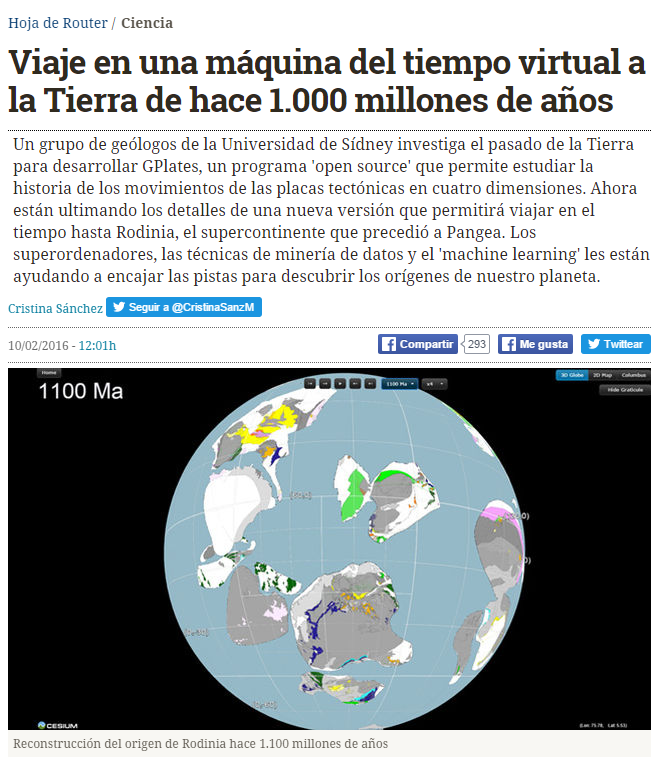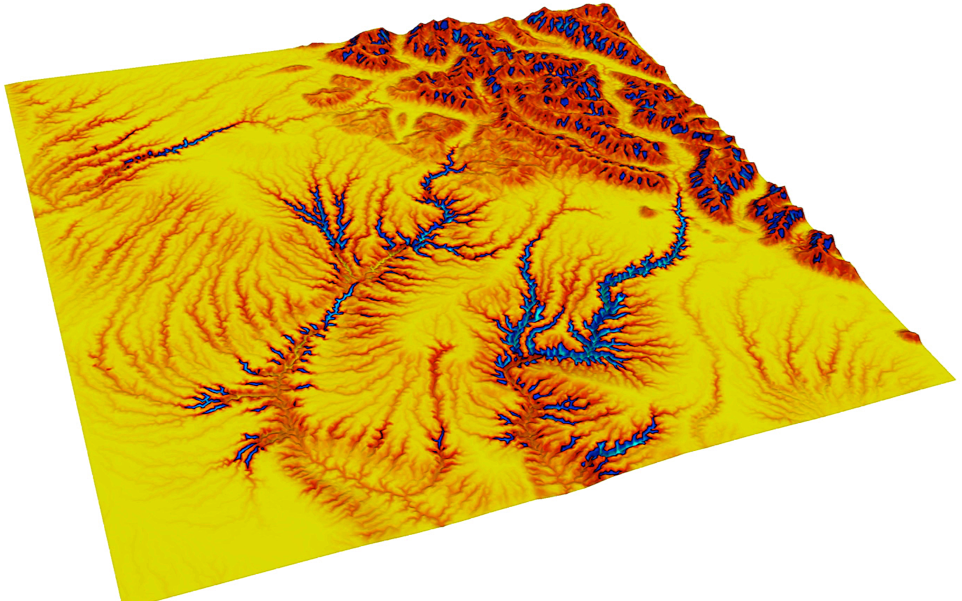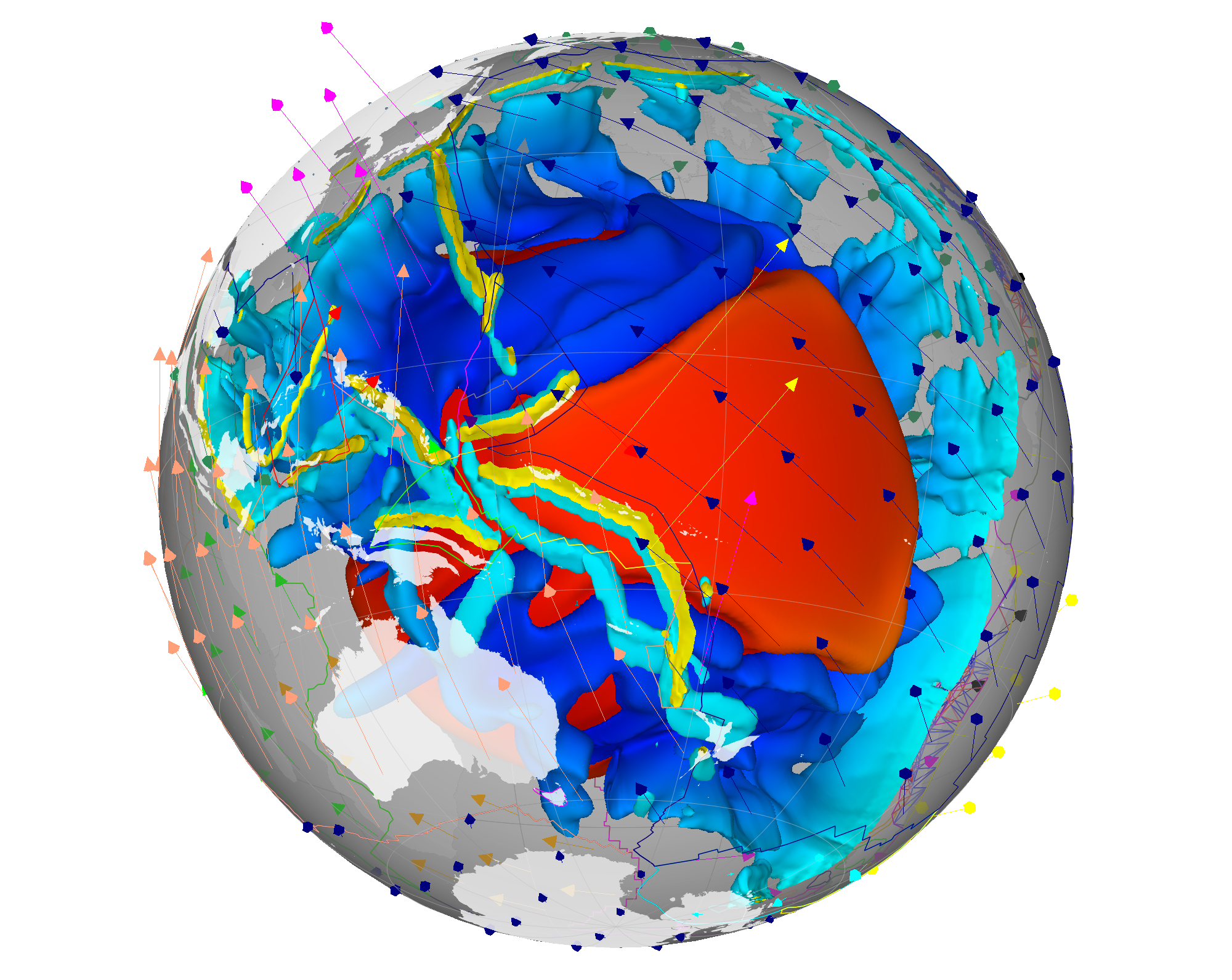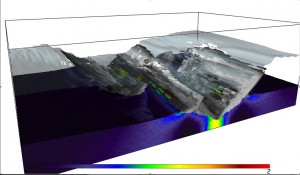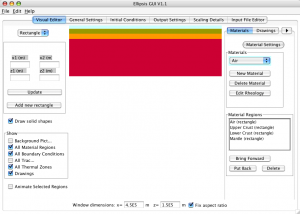 Ellipsis is a lagrangian particle-in-cell finite element modelling software tool with an associated graphical user interface (GUI). Ellipsis, along with its GUI and its associated documentation allow novice users to assemble 2D or 3D numerical experiment for lithospheric extension and/or compression over a convecting mantle or simply run a mantle convection experiment with or without continents in a relatively short time, including the scaling of relevant parameters. … Read more…
Ellipsis is a lagrangian particle-in-cell finite element modelling software tool with an associated graphical user interface (GUI). Ellipsis, along with its GUI and its associated documentation allow novice users to assemble 2D or 3D numerical experiment for lithospheric extension and/or compression over a convecting mantle or simply run a mantle convection experiment with or without continents in a relatively short time, including the scaling of relevant parameters. … Read more…
PyGPlates 1.0 released
We’re pleased to announce the release of pyGPlates 1.0. PyGPlates enables access to GPlates functionality via the Python programming language. PyGPlates can now be installed using conda or pip. Please see the installation instructions in the pyGPlates documentation. Note: The old method of manually installing pre-compiled binaries is no longer supported (that’s now handled by conda and pip). But … Read more…

